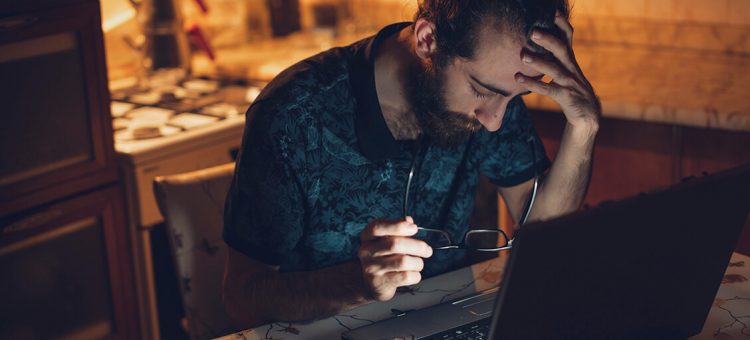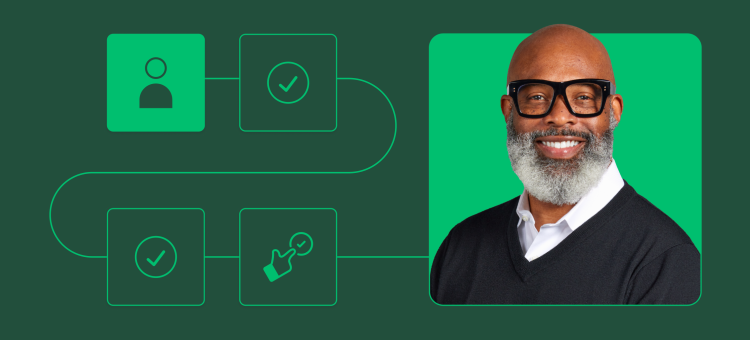For the fourth straight month, about six in 10 people in the U.S. (60%) expect periods of widespread unemployment or depression to occur throughout the next five years, according to the latest New York Times|SurveyMonkey poll. A year from now, about half of people (49%) expect to be in about the same financial position they are in now—the highest that measure has been in the more than three years of the survey. A large majority (76%) continue to worry about a potential second wave of the coronavirus in the fall.
This month, like last month, 17% of people nationwide say they have lost their job since the start of the coronavirus outbreak, but the number of workers who’ve since returned to work jumped from 29% in June to 40% in July.
Of those who have lost their job since the start of the outbreak and still not returned to work, just 22% say they expect to return to the same job they previously held in the next month, down from 34% last month. Longer term expectations are dismal; about half (51%) say they do not ever expect to return to their previous job.
On the bright side, fears of future job losses remain low. Three in 10 workers (30%) are worried they will lose their job in the coming weeks because of the coronavirus outbreak. That number is nearly unchanged from last month’s 31% and down slightly from 35% in May.
Layoffs have not accelerated in recent weeks. In May, nearly half (48%) of people who were not employed said they had been out of work for two months or less; this month, just 18% say they have been out of work for two months or less.
Nearly half of workers (45%) say they are able to work from home because of the coronavirus outbreak, though workers of different industries and income levels continue to have starkly different remote work opportunities.
Workers with household incomes of at least $100,000 are more than twice as likely as those making less than $50,000 to be able to work from home (62% v.s. 30%). Just 12% of workers in the Food and Beverage industry and 16% of workers in the Transportation and Delivery industry are able to work from home, compared with 82% of Technology workers and 86% of Finance and Financial Services workers, at the opposite end of the spectrum.
Lower income workers are also a bit less likely to say they would feel safe if they had to return to in-person work tomorrow. A majority of all workers (56%) say they would immediately feel safe returning to the office, but that number is 10 points higher among workers from at least six-figure income households than it is among those making $50K or less (60% vs. 50%).
Workers in this lowest income bracket are also the most likely to point to “safety concerns” as their main reason for continuing to work from home (32%), compared with just 22% among workers with household incomes of $50,000 or more.
Going back to work is viewed as safer than several leisure activities. When asked about hypothetical scenarios, 54% of adults say they would feel safe working in an indoor office, higher than the number of people who would feel safe eating indoors at a restaurant (45%), flying on a commercial plane (32%), seeing a movie at a movie theater (31%), or going to an indoor concert or performance (25%). More people (72%) say they would feel safe eating outdoors at a restaurant.
For more detailed results, click through the interactive toplines below.
Read more about our polling methodology here.



